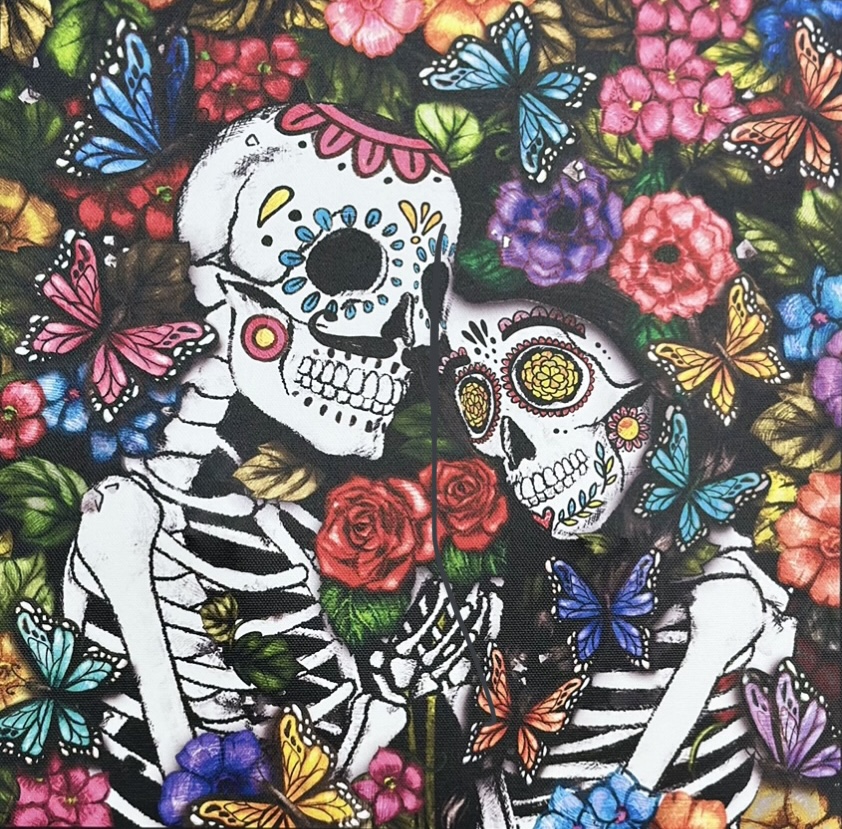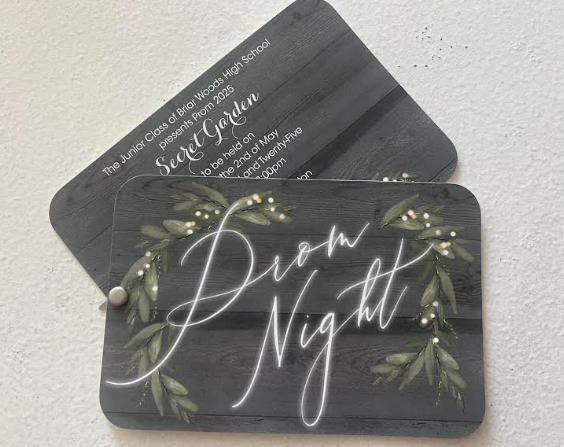Known for its vibrant, festive colors and painted sugar skulls, Día de los Muertos, more commonly known as Day of the Dead, is a holiday celebrated each year on Nov. 1 and 2. It is primarily a Mexican tradition; however, other Catholic countries throughout the world also honor the deceased by celebrating this holiday. Some of these countries include Bolivia, Ecuador, Peru and Guatemala. Although different countries differ in traditions and practices on Day of the Dead, they all have one thing in common: altars.
Altars, also frequently called “ofrendas,” are made to honor the souls of the deceased who are believed to return during the two days Day of the Dead is celebrated. Family members and friends leave the deceased’s favorite foods, drinks and other important memorabilia on the altar as offerings for the loved ones being remembered. These altars are usually located in the families homes, but offerings can also be placed on the altars at the loved ones gravesites.
“The idea is to always have them present in their lives,” stated Señora Lelo, Spanish teacher at Briar Woods. “It’s a day not to be sad that they are no longer with us, but a day to remember the things that they loved to do, to share time with them, to share food that they loved to have, to do activities that they enjoyed,” she continued.
A common misconception is that Day of the Dead is a Mexican version of Halloween, but it is not. Although the two holidays do share some traditions such as costumes, on Day of the Dead, those that celebrate the holiday believe that the border between the spirit world and the real world disappears.
“Day of the Dead is celebrated to honor those who died and celebrate their lives,” stated Dani Palusci, a junior at Briar Woods.
Detailed in The New York Times article, “the holiday has its origins in Indigenous cultures dating back thousands of years, particularly influenced by the Aztec or Mexica people. In Aztec culture, death was transitory, and the souls of the dead could return to visit the living.” These Aztec beliefs and festivals celebrating the dead had a great deal of influence on traditions after the Spanish arrived in the 16th century and the Catholic calendar, leading to it now being celebrated in many Catholic countries as well as Mexico.
Similar to other beliefs and practices of the celebration, pan de muerto, also known as bread of the dead, is a type of Mexican pastry that originates from Aztec culture, where different kinds of traditional breads were used as offerings to the deceased. Pan de muerto is a key pastry in Day of the Dead celebrations. It is a round bread with a pair of crossed bones and a circle, resembling a skull, meant to symbolize the deceased. It is similar in appearance to challah, another type of bread, and it is usually topped with sugar. Pan de muerto is often placed on altars as an offering and eaten throughout the month of October. Bakeries and supermarkets in Mexico start selling pan de muerto in early October.
Señora Lelo concludes on the most important thing about Day of the Dead, saying, “Being happy and remembering those that have passed away before we have, and celebrating and remembering the good times you’ve spent with them during the time that they were alive.”









